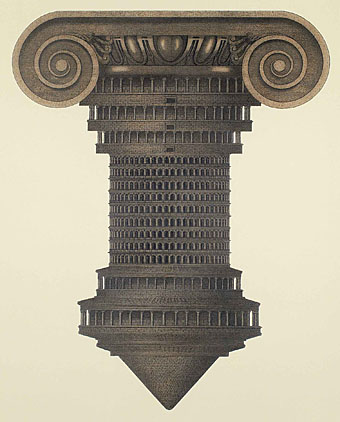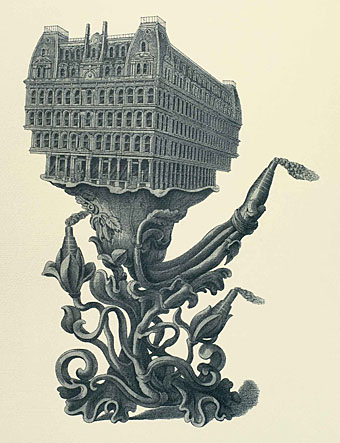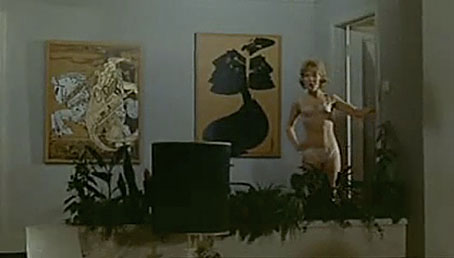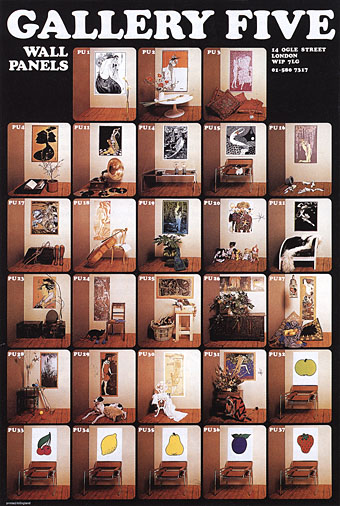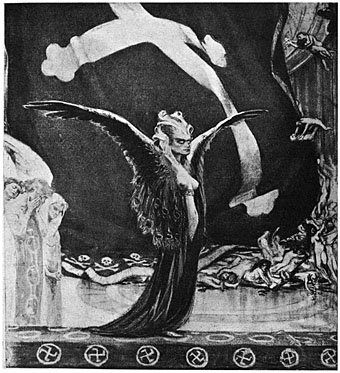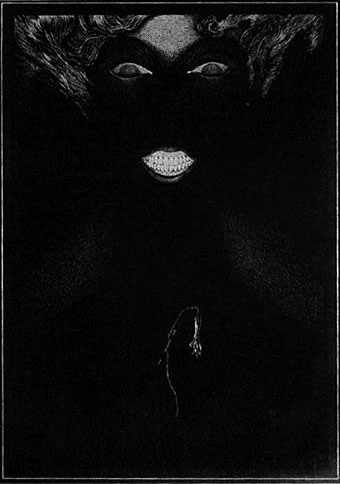The Last Sleep of Arthur in Avalon (detail, 1881–1898) by Edward Burne-Jones.
Arthur magazine announced its demise this week: “He died as he lived—free, high and a-dreaming of love, ’neath vultures’ terrible gaze.” The magazine lapsed for a while in 2007 then returned but this time it seems things are more permanent. Running a magazine of any kind is never easy, and they don’t always last long—the UK run of the legendary Oz only managed 48 issues to Arthur‘s 32—but it’s a dismal fact that certain tastes are rarely catered for or encouraged in this world. Supermarkets stock multiple titles devoted to women’s hair or tin boxes with wheels but you’ll have to hunt elsewhere for copies of Sight & Sound or The Wire. This isn’t a sign of any kind of new barbarism, if you look to history you’ll find The Savoy magazine publishing Aubrey Beardsley’s art and literature alongside contributions from future Nobel Prize winners yet it only managed eight issues; New Worlds magazine struggled during its run in the 1960s and 1970s, and while it may never have officially died (not while Michael Moorcock lives and breathes) it’s safe to say that it would struggle anew if re-launched today. If this is the end then let’s celebrate what’s been done, and hope it may inspire something new.
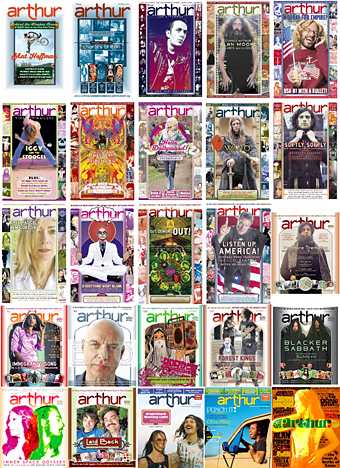
Issues #1–25.
The Arthur archives will be available online in the future. In the meantime, the favourites among my own contributions were MBV Arkestra (cover illustration), The Aeon of Horus, Out, Demons, Out (cover illustration), Brian Eno, and Sir Richard Bishop.
Previously on { feuilleton }
• The Savoy magazine
• Dodgem Logic
• The Realist
• A wake for Arthur
• Oz magazine, 1967-73


